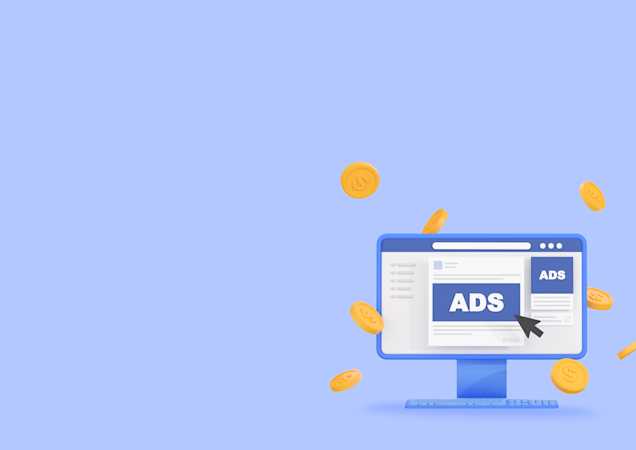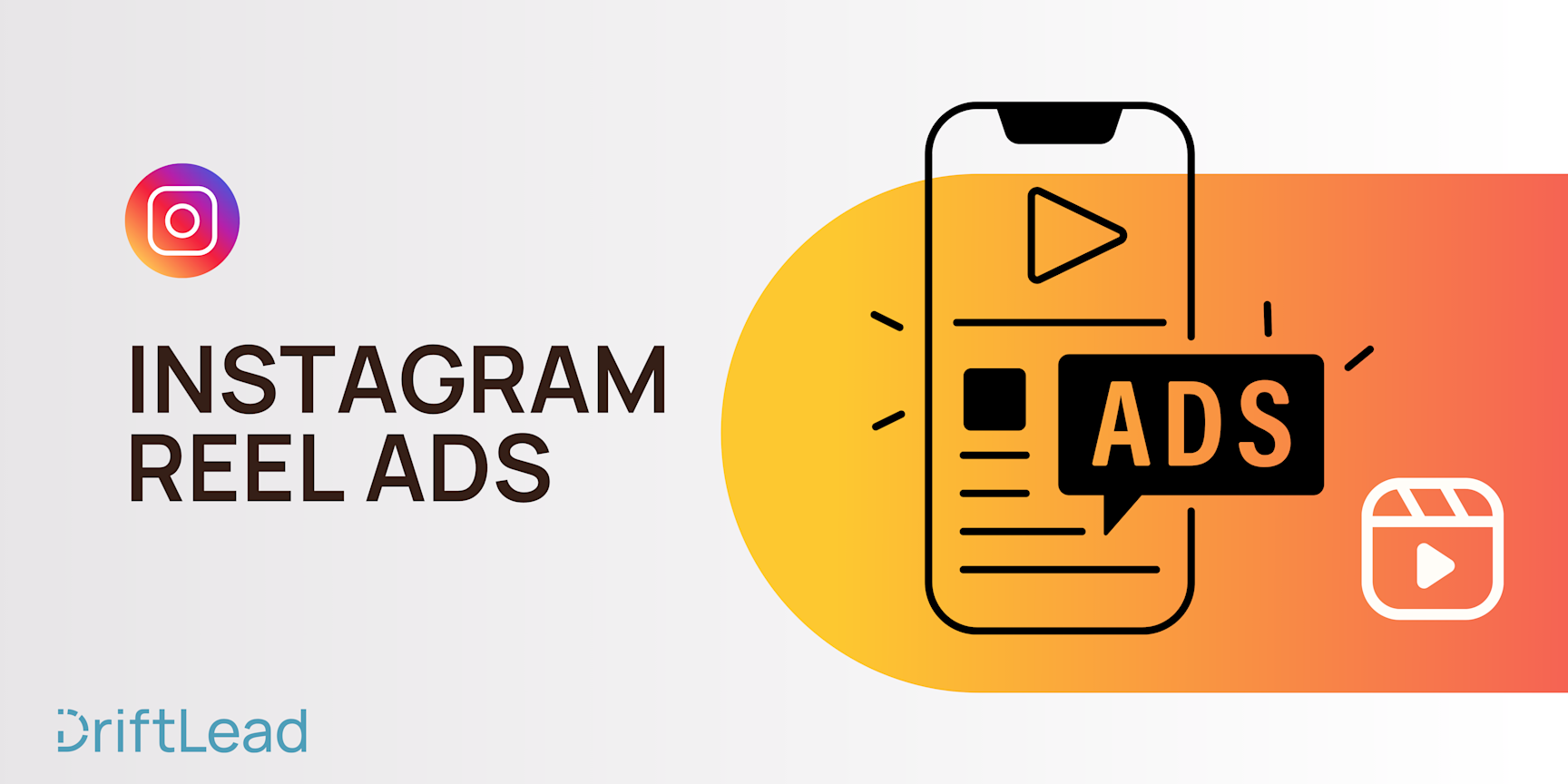How Much Money to Spend on Facebook Ads - A Budgeting Guide For Marketers
10 Oct, 2023
Navigate the intricacies of Facebook Ad budgeting with our comprehensive guide. Discover how to set the right budget for your Facebook Ads campaigns, whether you're a newbie or a seasoned marketer.

Jump to:
#social
Hop on our weekly newsletter train! We're sharing tips so stellar, we're practically job-threatening ourselves!
One of the most common questions we get from clients who are just getting started with digital advertising is, "How much should I spend on my campaigns?" 🤔 While it might seem like you're standing at a Las Vegas slot machine, wondering how many coins to drop in, rest assured, Facebook advertising isn't a game of blind luck.
In this post, we will discuss how much to spend on Facebook Ads. We will mostly be talking about Facebook Ads because the budget can be a bit more tricky to figure out than more transactional channels. However, many of these budgeting tactics will apply to other channels. So, tighten your belts and get your calculators ready and let's demystify this daunting budgeting process.💰
The Initial Budget (How Much to Spend on Facebook Ads Without Prior Data)
Diving headfirst into the Facebook Ads realm without any data might feel like trying to win a game of darts while blindfolded.
But here’s the good news: even without prior data, you've got tools at your disposal to make an educated budgeting decision.
Evaluating Existing Business Metrics:
Before setting sail on the vast ocean of Facebook advertising, it's essential to chart your course. And that means diving deep into the metrics that matter to your business.
Lifetime Value (LTV) of a Customer: Before you even think about how much to spend, you need to understand how much a customer is worth to you in the long run. By understanding the LTV, you can better gauge how much you're willing to spend to acquire each new customer. For instance, you may be willing to pay more for a new customer than their initial order is worth to you if you can rest assured that their future purchases will help you recoup your investment 10-fold. This is something novice marketers tend to overlook. Especially in particularly competitive spaces, it may be expensive to acquire a new customer, but when you consider the total lifetime value, the high cost can often be justified.
Average Order Value (AOV): This metric tells you the average amount a customer spends when they make a purchase. Combine this with the frequency of purchase and the average lifespan of your customers, and you have a good foundation for understanding LTV. However, if your customer generally only makes one purchase, this may be the single determining factor in how much you're willing to pay for a new customer.
Profit Margins: Determine how much you make on the sale of each product, and, therefore, how much you are willing to pay for a new sale. Not every product or service you sell will have the same profitability. Dedicating more of your budget to high-margin items can give you a better return. It's the difference between betting on the racehorse with a winning streak versus the one munching on hay at the back.
Other Factors to Consider:
Metrics are crucial, no doubt about it. But let's be real – marketing isn't just a numbers game. Beyond the cold hard data, there are nuances and variables that can sway your ad campaign outcomes.
Competitive Landscape: In a market teeming with sharks, you might need to up your spend to make a splash. Check out what competitors are up to. If they’re making waves with massive ad campaigns, a tiny budget may not cut it.
Seasonality: Let’s be honest, not every month is like Black Friday or Valentine's Day. During peak seasons, you might want to scale up, and during slower times, conserve.
Campaign Objective: Are you aiming for brand awareness or conversions? If it's the former, you might start with a lower budget, cast a wide net, and see what swims in. But if you’re aiming for conversions, a precise, well-funded approach might serve you better.
Calculating Your Starting Budget
If you've never run a Facebook campaign before and you have very limited data, this is going to be the easiest way to determine your starting budget.
1. Craft Your Base Using Metrics: Start with your Lifetime Value (LTV) and Average Order Value (AOV). If you know, on average, a customer brings in $300 over their lifetime and usually spends $50 per purchase, this gives you a foundation. If you're aiming to break even initially, you shouldn't be spending more than the profit margin on that $50 to acquire a customer. Now you have your target CPA. Note that as the campaign continues to run and collect data, your CPA will improve, so we suggest starting with the worst-case or breakeven scenario here to accelerate learning.
2. Now Determine Your Goal: What is the goal of your campaign? Is it to get $20,000 in sales? 100 new leads? We will discuss how to handle awareness budgets later.
3. Consider your average order value. If revenue is your goal, you need to figure out what your average order value is. Now, take your sales goal and divide it by your average order value to determine how many orders you need. For instance, if your average order value is $100, and $20,000 is your goal, you must get 2,000 new orders.
4. Calculate your budget: Now take your breakeven CPA and multiply it by your target number of orders, and that will give you your starting budget.
If you are operating in a lead-generation model (i.e: a SAAS company) but you have a revenue model, you must consider other variables like lead conversion rate (i.e: how many demos turn into a sale) and, therefore, how many demos you must get to get the sale.
Setting Budgets for Existing Campaigns (How Much to Spend on Facebook Ads With Prior Data)
Once you've dipped your toes into the waters of Facebook ads and collected some data, you're no longer flying blind. You've moved from the unpredictable world of "probably" and "maybe" into the realm of "historically speaking" and "based on previous results." It's like shifting from predicting the weather based on folklore to using meteorological data.
Past Performance as a Predictor
Your past campaigns serve as a trove of insights. If certain ad sets or campaigns consistently outperform others, it's clear they resonate with your target audience. Bump up the budget for these winners while tweaking or reducing spend on the underperformers.
But, Times Change:
While past data is insightful, remember that audiences evolve and the digital landscape shifts. What worked six months ago might not be the golden ticket today. Adjust your budget based on current trends and audience behavior, but also keep an eye on the rearview mirror.
The Incremental Budget Increases:
If your existing campaigns are producing strong results, consider incremental budget increases. Instead of doubling your ad spend overnight (and potentially triggering performance anomalies or algorithm hiccups), opt for a more gradual 10-20% increase. This lets you scale campaigns without throwing off the equilibrium.
ROI & ROAS are Your Compass:
Always circle back to your Return on Investment (ROI) and Return on Ad Spend (ROAS). These metrics tell you how effectively your ad dollars are translating into tangible results. If the ROI for a particular campaign isn't where it should be, it's time to reevaluate your budget allocation.
Disclaimer About Facebook's Learning Phase:
Every time you significantly adjust your campaigns (like budget), Facebook enters a "learning phase." During this time, the platform optimizes ad delivery. While it might be tempting to pump up the budget in response to early positive results, be patient. Wait until Facebook exits the learning phase to get a clearer picture of performance.
Distributing the Budget Among Campaigns:
Now that you know how much you need to spend in total, you need to determine how to divide it among different campaigns.
Note, if you are not really sure which campaigns deserve more budget than others, it's never a bad idea to start with an equally distributed budget and adjust as you start to see which ones perform.
However, if you have campaigns for higher-value products or higher-converting products, you may want to consider giving them a higher budget to start or performing the same CPA calculation for each campaign separately.
Standard Budget Optimization Practices: Keeping Your Facebook Ads in Check
Then it comes to Facebook ads, the "set it and forget it" approach might be suitable for a slow cooker chili recipe 🌶️, but not so much for your ad budget. Your campaigns need regular check-ins, tweaks, and adjustments to ensure they're performing optimally.
1. Periodic Performance Reviews:
Make it a practice to review your campaign's performance at regular intervals, whether that's weekly, bi-weekly, or monthly (the frequency will depend on how much you are spending, with higher spend demanding more frequent checkups). This helps spot any underperforming ads that might be draining your budget or high-performing ads that could use a budget boost.
2. Seasonal Adjustments:
Your business might see fluctuations during specific times of the year, like the holiday season, back-to-school, or summer sales. Be proactive and adjust your budget to match these anticipated changes in demand.
3. Dive Deep with A/B Tests:
Always be testing. Run A/B tests to experiment with different ad elements like creatives, copy, or audience segments. The insights gained can inform where to allocate more budget and where to pull back.
4. Monitor Frequency Metrics:
If your ad frequency becomes too high, it means your audience is seeing the same ad too often, which can lead to ad fatigue and decreased performance. If this happens, consider reallocating some of your budget to fresh campaigns or new audience segments.
5. Keep an Eye on the Quality Score:
Facebook provides a relevance score for your ads, giving you an indication of how relevant your ad is to the audience you're targeting. A low score can mean higher costs and fewer impressions. Adjust your budget or your ad elements based on this score.
6. Check Your Bid Strategy:
If you're using automated bidding, Facebook will optimize your bids for you. But if you're using manual bidding, periodically check and adjust based on the competition and desired outcomes.
7. Adjust for External Factors:
External events can influence your audience's online behavior. For example, a significant news event, a popular sports game, or even a viral TikTok video can impact your ad's performance. Be agile and ready to pivot your budget in response to these unpredictable events.
Tips for Keeping Your Facebook Ad Budget in Check
Budgeting for Facebook Ads is less like a Sunday leisurely stroll in the park and more like a tightrope walk between two skyscrapers. But fear not! We've got some savvy tips to help you navigate this high-stakes balancing act.
1. Start Small and Scale Up:
If you're unsure about a new ad or audience, start with a modest budget. Monitor closely, and if you observe positive ROI, scale up incrementally.
2. Implement Daily Budget Limits:
To avoid unexpectedly emptying your coffers, set daily budget caps. This ensures you don't overspend and can make necessary adjustments in real-time.
3. Utilize Automated Rules:
Facebook allows you to set up automated rules to manage your campaigns. For instance, you can create a rule to pause an ad set if the cost per conversion exceeds a certain threshold.
4. Prioritize High-Performing Audiences:
Not all audiences are created equal. Allocate more of your budget to segments that consistently deliver results, and consider decreasing funds for underperforming groups.
5. Be Cautious with Broad Audiences:
While it's tempting to reach as many people as possible, targeting too broad an audience can deplete your budget quickly with less to show for it. Opt for specificity when possible.
6. Optimize Ad Scheduling:
Run your ads during the days and hours when your audience is most active. This might mean weekdays for B2B campaigns or weekends for consumer products.
7. Reuse Top-Performing Content:
Got an ad that's outperforming the rest? Repurpose its content for other campaigns or audience segments. It's eco-friendly recycling for the digital age! ♻️
8. Stay Updated on Facebook's Features:
Facebook regularly rolls out new features and tools that can offer more efficient budget spending. Stay in the loop to take advantage of these enhancements.
9. Embrace Facebook's Learning Phase:
When you launch a new campaign or make significant edits, Facebook enters a "learning phase" to understand how to best deliver your ad. Avoid making frequent significant changes during this period, as it can increase costs.
10. Regularly Review and Adjust:
Your Facebook Ad budget isn't a "set it and forget it" scenario. Make it a routine to review performance metrics and adjust accordingly.
Conclusion: Making Every Cent Count 🎯
Whether you're just embarking on your ad journey or you've been in the game for years, budgeting never truly becomes 'routine'. It demands constant adaptation, a sharp eye, and, most importantly, the ability to learn from both successes and missteps.
But here's the silver lining: with every campaign, you gather more data, more insights, and more experience. And armed with the strategies and tips we've covered, you're set to make informed decisions that get you the best bang for your buck.
If you could use a little help making the most of your Facebook campaigns, you can request a free marketing plan from our team here.
So, here's to smart budgeting, optimized campaigns, and realizing that while money might not grow on trees, with the right tactics, it can certainly multiply on Facebook. Cheers to your next ROI-positive campaign! 🥂🚀






